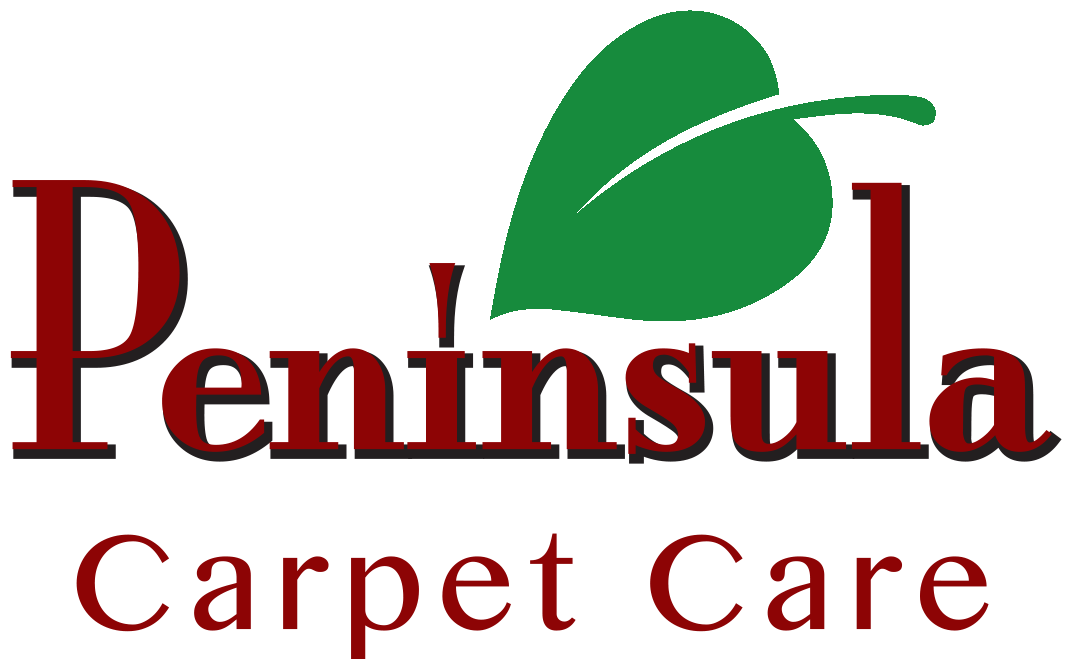What is Green Cleaning?
By U.S. Department of the Interior
When you have Peninsula Carpet Care out to clean your home with our soap free non-toxic agents be sure to ask us about our recommended carpet spotter! 619-275-5555
Green cleaning is a holistic approach to janitorial services that takes into account: (1) the health, safety, and environmental risks of products and processes associated with cleaning; (2) the mission and use of the facility to be cleaned and the behavior of facility occupants; and (3) the cleaning, maintenance, and sanitation needs of the facility.
In other words, it is an approach to cleaning that involves the use of alternative products, applying those products in different ways, and evaluating and/or changing behaviors associated with how buildings are used to reduce risks while maintaining a satisfactory level of cleanliness and disinfection.
Example 1:
Traditional glass cleaner-made of alcohol and ammonia, which are solvents-is typically applied by using a trigger spray, which creates a fine mist. Vapors created by this product and process have the following effects:
· Vapors can enter the breathing zone of cleaning personnel, causing respiratory irritation and triggering asthmatic attacks and other breathing disorders (especially when used repeatedly and over time).
· Because they can remain in the restroom, vapors can affect building occupants using the restroom.
· Vapors are circulated throughout the building by the ventilation system and can affect building occupants.
· When the vapors are exhausted to the outdoors, they can contribute to atmospheric smog and air pollution.
· Green cleaning alternatives can include:
· Replacing the traditional glass cleaner with one that has no solvents-a detergent, or soap-based cleaner that produces fewer vapors.
· Applying the product in a stream rather than a mist to reduce the vapors.
· Applying the spray to a wiping cloth, rather than directly onto the glass, to reduce the vapors.
Example 2:
If occupants eat in their individual offices, they are likely to produce crumbs, which could attract pests. This might require more frequent pesticide or rodenticide applications than if all eating were centralized in a lunchroom or conference room. In addition, if employees clean up coffee or beverage spills at the time of a spill, rather than wait for the cleaning crew to do it (especially when it involves carpets or other fabrics), janitors can use fewer, and less-toxic, cleaning products than if spills dry or seep into carpet. Hence, green cleaning requires some involvement by building occupants.
Does Green Cleaning Work?Green cleaning is a concept; it is a collection of new tools and practices that can be applied to traditional approaches. Green cleaning approaches vary from building to building. Green cleaning works if the products and processes used are targeted to the specific risks associated with each building, and if building managers, janitorial personnel, and building occupants all participate in the development of a green cleaning plan.
Why is Green Cleaning Important?Green cleaning is all about reducing risk. Risk is the measure of the probability and severity of harm to human health or the environment. It is based on the type and toxicity of a hazard (that is, its potential effect on plants, animals, humans, and ecosystems) and the type and degree of exposure to that hazard (based on intensity, frequency, and duration). Risk is characterized by evaluating hazard and exposure together, along with the pathways by which people or the environment are likely to become exposed (e.g., through eyes, skin, lungs, or mouth and through contact with contaminated air, water, or soil).
No matter what changes are made to traditional products and processes, cleaning buildings-like all other activities in life-will never be without risk. All risk, however, can be evaluated on a continuum that ranges from very high to very low. Current cleaning practices might pose very high risks or avoidable risks, and changing certain practices and products might reduce unnecessarily hazardous practices with alternatives that are equally effective. Keep in mind, however, that although hazards and exposures generally can be evaluated for humans or the environment, the specific risk to an individual person or individual waterway, for example, will be unique based on individual circumstances, such as pre-existing health conditions, and vulnerabilities (i.e., asthma, heart disease) (for example, children and the elderly are more vulnerable). There are also trade-offs to be considered-for example, using a less-toxic product that requires more scrubbing to be effective-might reduce the risk of inhalation or skin contact, but that might also increase the risk of arm or hand injuries brought on by additional scrubbing.
Overall, however, the practice of green cleaning has many benefits. Green cleaning can:
· Reduce health effects to building occupants and janitorial staff, such as skin, eye, and respiratory irritation or burns; allergies; multiple-chemical sensitivity; headaches; nausea or other gastrointestinal ailments; poisoning; cancer; reproductive hazards; and damage to liver, kidneys, and other internal organs.
· Increase safety by reducing the likelihood and frequency of fires, explosions, spills, and splashes.
· Reduce environmental impacts, including regional and global environmental issues such as air pollution, water pollution, raw materials resource use, bioaccumulation of chemicals in plants and animals, ozone depletion, and global climate change. Green cleaning also reduces the amount and toxicity of products and chemicals requiring disposal.
· Reduce costs to building management, tenants, and/or the janitorial company associated with sick leave, health care, productivity loss, and litigation.
· Increase occupant and worker satisfaction, including improved morale, productivity and efficiency, quality of life, and sense of well-being. This can result from decreased health effects and decreased annoyances such as malodor.
Thank you for visiting please like us on Facebook http://www.facebook.com/pages/Peninsula-Carpet-Care/272553446149014?ref=hl
When you have Peninsula Carpet Care out to clean your home with our soap free non-toxic agents be sure to ask us about our recommended carpet spotter! 619-275-5555
